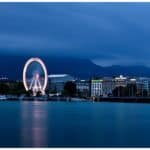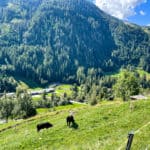Get ready to discover a smooth and scenic way to travel around Switzerland with the almost always handy Swiss Travel Pass.
So, is the Swiss Travel Pass worth it?
If you’ve landed on this article from elsewhere, then you’re probably looking for the answer to one, seemingly straightforward question: is the Swiss Travel Pass worth it?
The short answer? Yes, probably, but it depends on a few factors which we’ll talk about in this article.
However, if you’ve arrived here because you enjoy what we share here on Inside the Travel Lab, then you may be wondering why we’re asking the question in the first place.
Why travel through Switzerland?
And that’s because travel through Switzerland is beautiful, particularly through the mountains and across the lakes. It’s also rather impressive on an engineering scale, with steep mountain tracks that seem to defy gravity.
And finally, it works. Unlike many travel networks that don’t seem to talk to each other at all, the Swiss Travel System actually works like a travel system ought to. Buses are close to trains, boats run near to stations and city centres. The whole thing is a joy, particularly if you hail from a windswept island on the west coast of Europe that has next to none of those things. Ahem.
So, if you’re not sure, check out this guide to the most scenic train routes in Switzerland and then this one about why summer in Switzerland is good for you.
But in this guide, I will delve into a detailed analysis of the Swiss Travel Pass, exploring its benefits, limitations, and cost-effectiveness.
Is the Swiss Travel Pass worth it? Let’s find out!
Disclosure: I’ve travelled to Switzerland by train many, many times over the years. However, this last trip, the Great Swiss Train Chase took place in partnership with Visit Switzerland and the Swiss Travel System. As ever, as always, I kept the right to write what I like. Otherwise, what’s the point?! Also, if you book or buy through any of the links on this page, we may earn a small commission at no extra cost to you. Cheers.
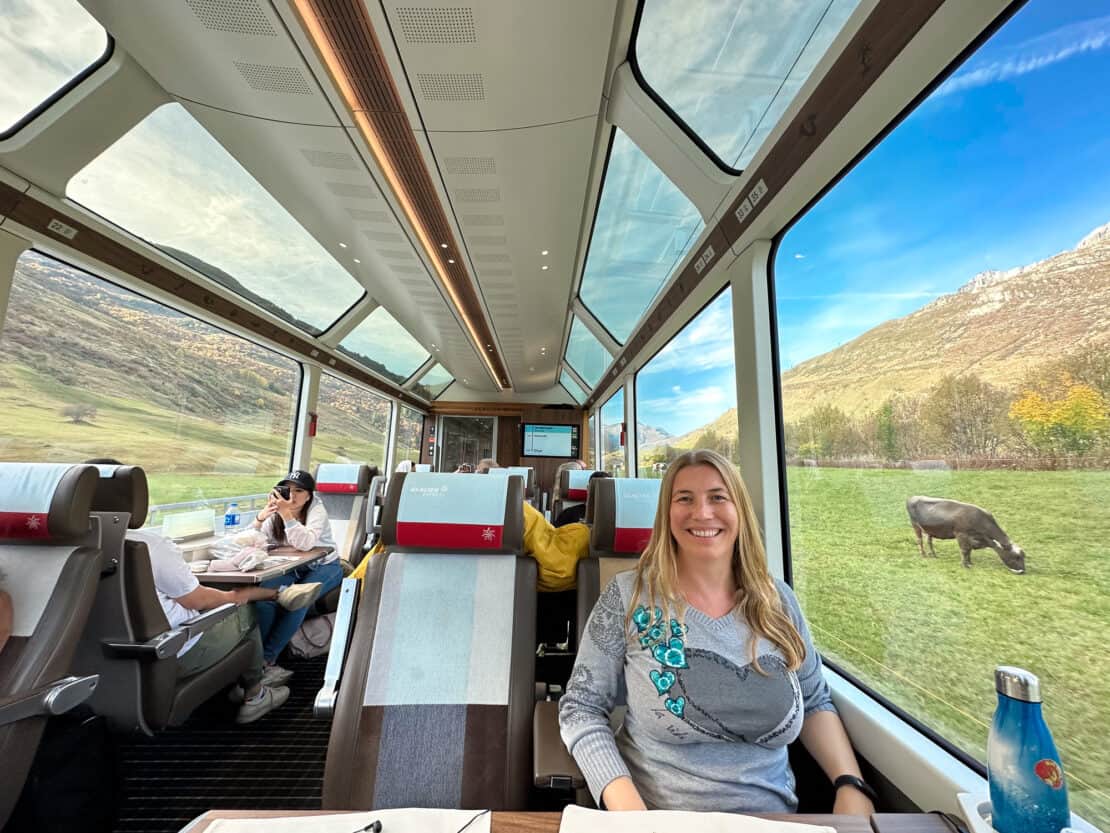
Should You Buy a Swiss Travel Pass? Here’s the Quick Answer!
Wrapped in the convenience of a single ticket, the Swiss Travel Pass is more powerful than it first appears.
With unlimited access to public transport and free Swiss Family Card inclusion, it offers good value for those who plan to travel from city to city over consecutive days. The fact that it also includes world class panoramic trains, for a small reservation fee, along with top mountain spots like Zermatt, makes it a great option for most itineraries across Switzerland.
However, if you plan on staying in one city or region, such as the Jungfrau, then a Regional Pass probably makes more sense.
Finally, if you plan on staying in one place and taking the odd day trip, then the Half Fare Card is probably your best bet.
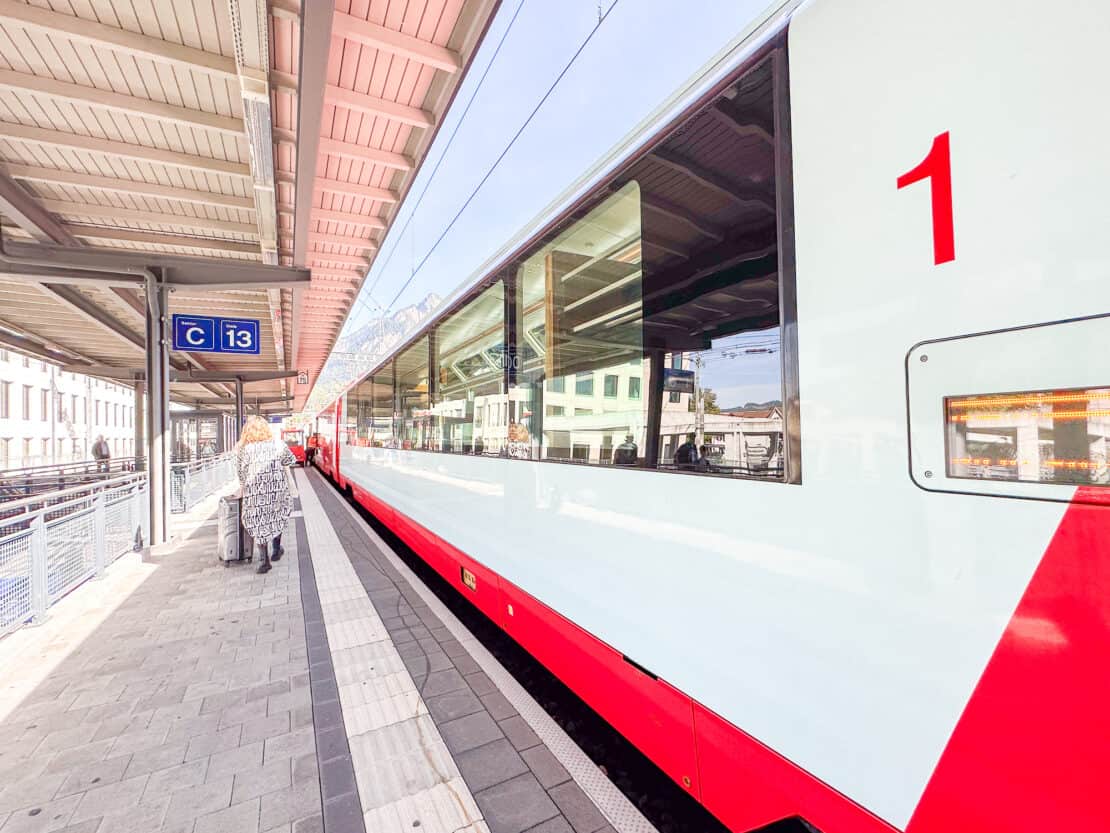
What is a Swiss Travel Pass and How Does It Work?
The Swiss Travel Pass, which feels as integral to Swiss explorations as a sturdy pair of hiking boots, is an all-in-one ticket providing unlimited travel on the Swiss Travel System network.
It is valid for a set number of consecutive travel days, starting from your chosen date.
You can use it for regular trains, boats, buses, and even panoramic services like the Bernina Express, Glacier Express or the Gotthard Panorama Express, for a little extra to reserve your seat.
The pass comes in first- and second-class variants, with the luxury of the former often worth the upgrade.
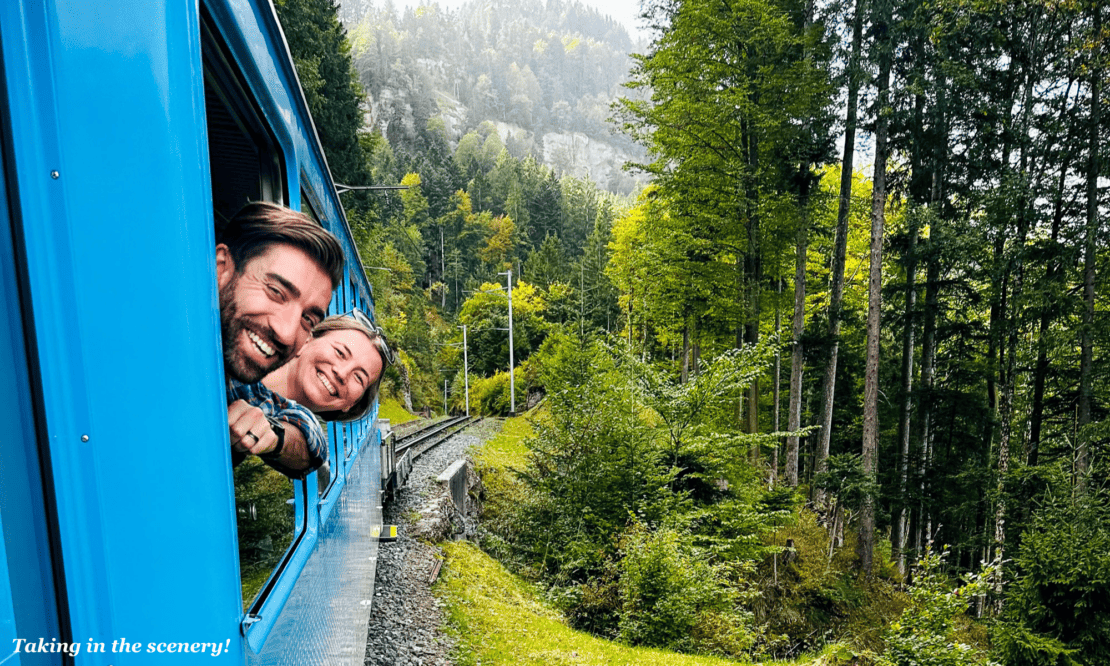
What Is Included in the Swiss Travel Pass?
As I have already mentioned, with the Swiss Pass, you get to move around Switzerland without having to buy a ticket every time you head to another destination. But there’s more to it than that. In fact, I was pleasantly surprised to see that there are so many advantages you get with this pass.
- Unlimited train rides: With your Swiss Travel Pass, you have the freedom to hop onto any Swiss train, be it a swift intercity ride or a leisurely journey on a panoramic train like the GoldenPass Express.* Just check the departures at your nearest train station, and off you go!
- Boat rides: The Swiss Travel Pass isn’t just about trains. It lets you sail across Switzerland’s resplendent lakes. Enjoy a round trip or use it to explore the best places dotting the lake shores. A quick piece of advice: boat schedules vary with the season, so plan accordingly.
- Bus rides: The pass covers PostBuses, perfect for reaching the remote corners and scenic routes of Switzerland.
- Mountain trips: Mountain excursions often come with a discounted rate or even free travel, which is undeniably convenient and good value. For instance, cogwheel trains to Rigi are fully covered. However, that’s not the case with all mountain railways or cable cars. Some panoramic trains and mountain transport, like cogwheel trains to Kleine Scheidegg, require an extra cost even with the Swiss Travel Pass, so check at local stations.
- Free admission: Over 500 Swiss museums offer free entrance to Swiss Travel Pass holders. I only wish I’d managed to test that part out.
- Swiss Family Card: If you are travelling with children under 16, this card offers free travel for them when accompanied by a parent with a Swiss Travel Pass.
- Flexibility: Choose from a set number of consecutive days (3, 4, 6, 8, or 15) or non-consecutive days within a month (Flex Pass) to suit your travel plans.
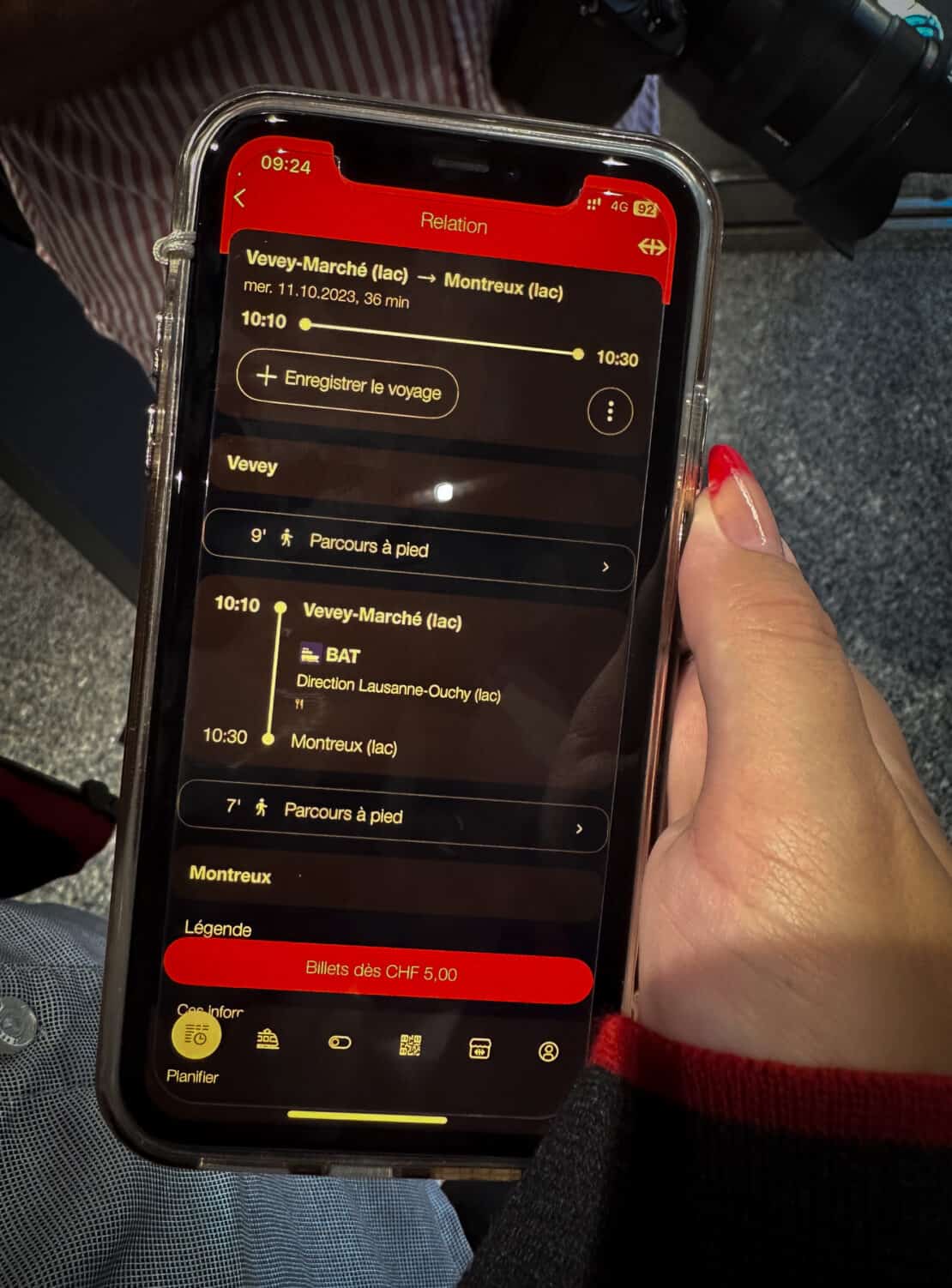
How to Use a Swiss Travel Pass
Here’s how you can use your Swiss Travel Pass.
- Decide how many days you need before you start.
- Once your pass is in your possession, it is already validated. The start date is printed on it, so you no longer need to write it by hand. This is, apparently, a change from the pre-2015 days when you had to make sure you got it right from the start. Now, that’s history.
- Then, all you need is your passport, and you’re ready to explore. For most services, you won’t need to queue at ticket counters. Simply use the pass’s QR code and keep your Swiss Travel Pass handy, as ticket inspectors do sometimes ask to see it.
- For the most seamless journey, use the Swiss Travel System’s website and app to plan ahead, knowing which trips cost extra despite the pass.
- Have fun!
Inside Tip: If you plan on travelling from city to city, it’s well worth looking into the luggage delivery service. Your luggage is collected from your hotel and delivered to your next hotel while you explore Switzerland. This idea revolutionises the idea of travelling Switzerland by train for everyone who’s past their budget backpacking days.
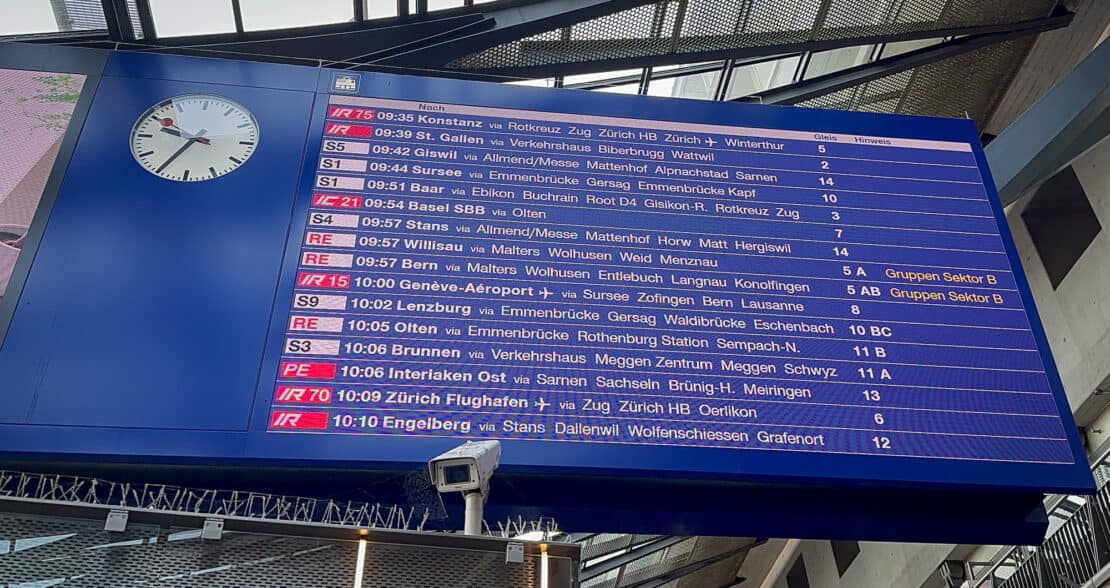
What Are the Updates and Changes for the Swiss Travel Pass in 2024?
Like almost everything, the Swiss Travel Pass has seen a slight increase, thanks to inflation, and the price is estimated to rise by 5.9% in 2024.
How Much Does the Swiss Travel Pass Cost in 2024?
The Swiss Rail Pass comes in three versions, so it is, in fact, quite easy to find an option that will match your travelling style and budget.
However, always check the most up to date prices here.
1st Class
Current prices are: CHF 369 for a 3-day pass, CHF 447 for a 4-day one, CHF 570 for 6 days, and CHF 617 for an 8-day journey.
If you’re plotting an expansive 15-day Swiss expedition, the ticket price is CHF 675.
With plush seating, generous leg room, and panoramic views, first-class is, indeed, a treat.
2nd Class
For those eyeing a more budget-friendly Swiss escapade, the second-class Swiss Travel Pass provides a cost-effective alternative without compromising on the Swiss travel experience. And, honestly, second class in Switzerland is still miles better than first class in the UK.
In 2023, anticipate spending CHF 232 for a 3-day pass, CHF 281 for 4 days, CHF 359 for 6 days, and CHF 389 for 8 days.
A 15-day pass rounds up to CHF 429.
Swiss Travel Pass Flex
The Swiss Travel Pass Flex, a chameleon in the travel landscape, allows you to benefit from non-consecutive travel days. This is great if you like to go slow, particularly if you have young children, and don’t want to be on the move every single day.
At the time of writing, the prices are: 1st class Flex Pass ticket prices range from CHF 424 (3 days) to CHF 706 (15 days), while the 2nd class lies between CHF 267 (3 days) and CHF 449 (15 days).
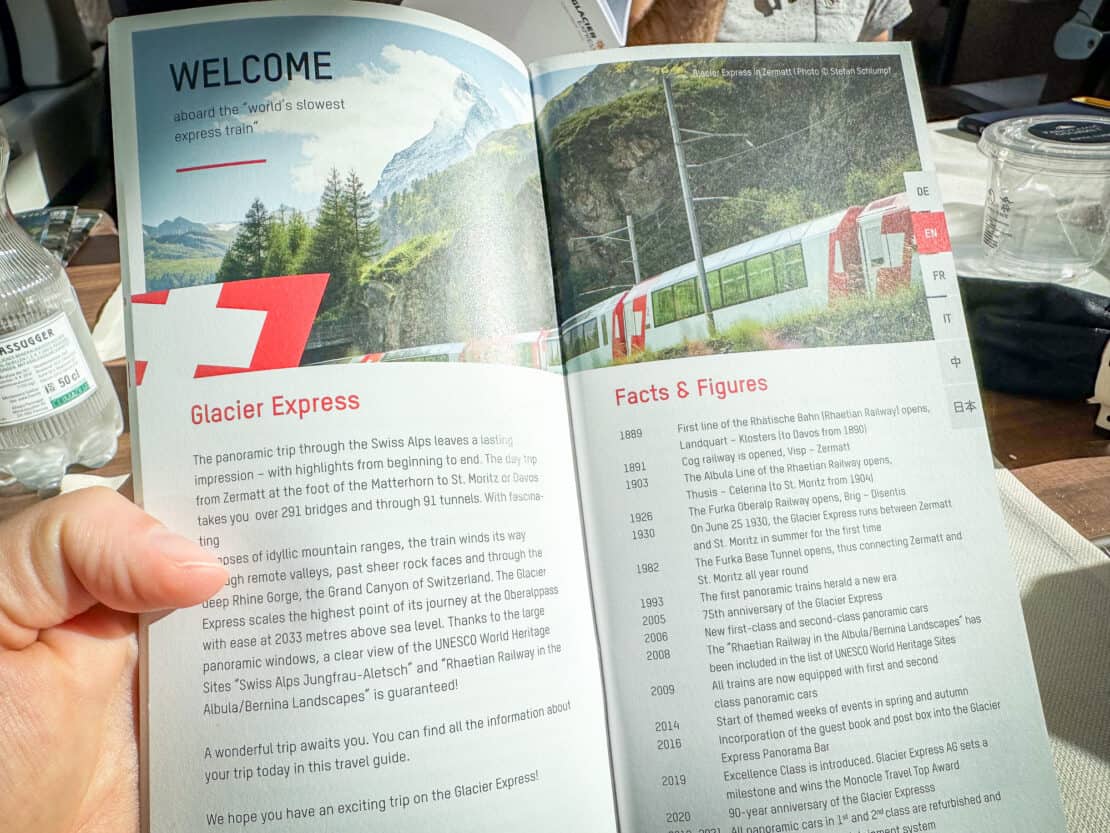
The Swiss Travel Pass: Why Buy It? Why Not?
Depending on how you look at it, the Swiss Pass can be a great investment or something you could have done without. Let’s take a look at the pros and cons.
The Benefits of a Swiss Travel Pass
- You’re likely to see more of Switzerland: Psychology dictates that if you have the pass, you’ll want to use it. You’re more likely to take chances, to give the boat ride a go across the cobalt-blue waters, to chug right up to the peak and to make a quick stop off at a city just to see.
- You can be spontaneous: The Swiss Travel Pass, with its set number of days, lets you plan in advance or simply throw caution to the wind. With a few small exceptions, you can just choose your destinations as you go, adapting to weather changes or unexpected sickness…or just a flexible approach to life.
- It’s a great deal if you travel with kids: It gets better for families, too, with children under 16 travelling for free alongside a parent’s Swiss Travel Pass.
The Drawbacks of the Swiss Travel Pass
- Not all rides are included: The Swiss Pass, as fabulous as it is, doesn’t include absolutely everything. Some regional passes might offer better value for certain itineraries and mountain trains.
- Double-checking is in order: While spontaneity is the key to a great adventure, the Swiss Travel Pass demands some level of planning. Failing to check the specifics of your journey might lead to unexpected half-price or full-price tickets for certain mountain excursions. With that said, the information centres are really helpful and most people speak great English. Expect to pay a reservation fee for the most famous trains but that’s about it.
The Swiss Travel Pass is a great deal but it’s not a one-size-fits-all solution. The main differences between the first-class, second-class, and Flex passes need some mulling over. Each offers a unique combination of comfort, convenience, and cost, and it’s essential to choose the right one for your travel style and itinerary.
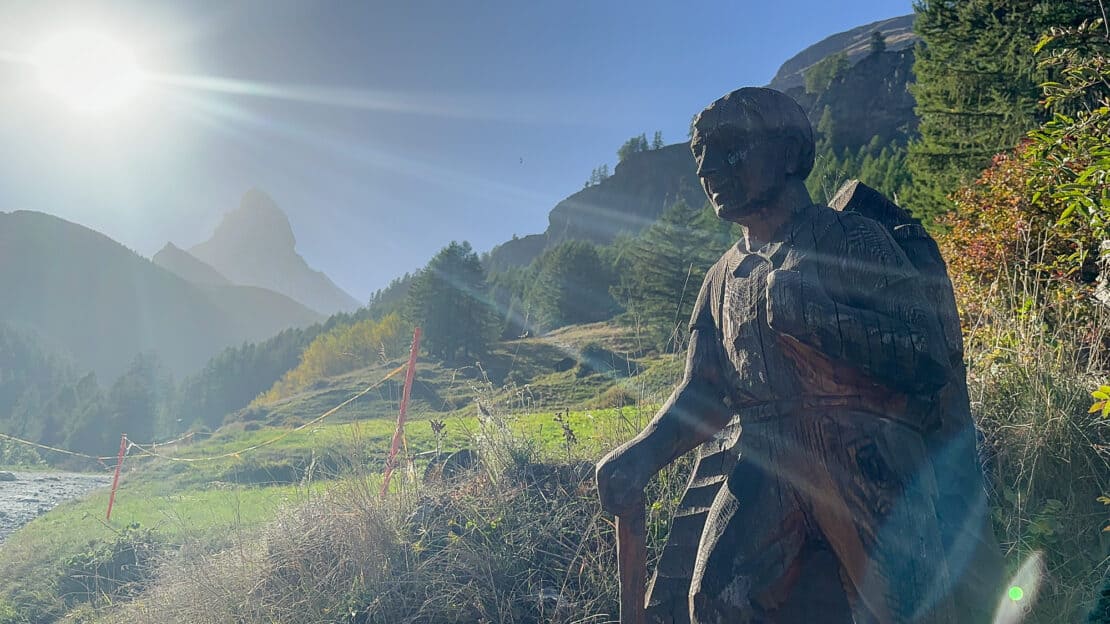
Discounts and Offers with the Swiss Travel Pass
Even if some routes are not covered by the pass, you can still access discounts, which can be valuable.
The James Bond Mountain – Schilthorn – 50% Discount
You can explore this magnificent mountain for half the usual price. Soak in both the amazing views and the joy of being in a Bond movie.
The Top of Europe – Jungfraujoch – 25% Discount
A 25% discount via your Swiss Travel Pass makes this icy adventure to the “Top of Europe” a little less frosty on your pocket. Be aware, though, that temperatures that can drop to a chilling -3.9°C even in summer.
The Big Surprise: Mt Rigi, near Lucerne, is 100% covered by the Swiss Travel Pass
Completely free with your Swiss Travel Pass, the royal ‘Queen of the Mountains’ awaits. What’s more, we loved the small blue train from Arth-Goldau up Mt Rigi and it pairs beautifully with a boat ride across to Lucerne.
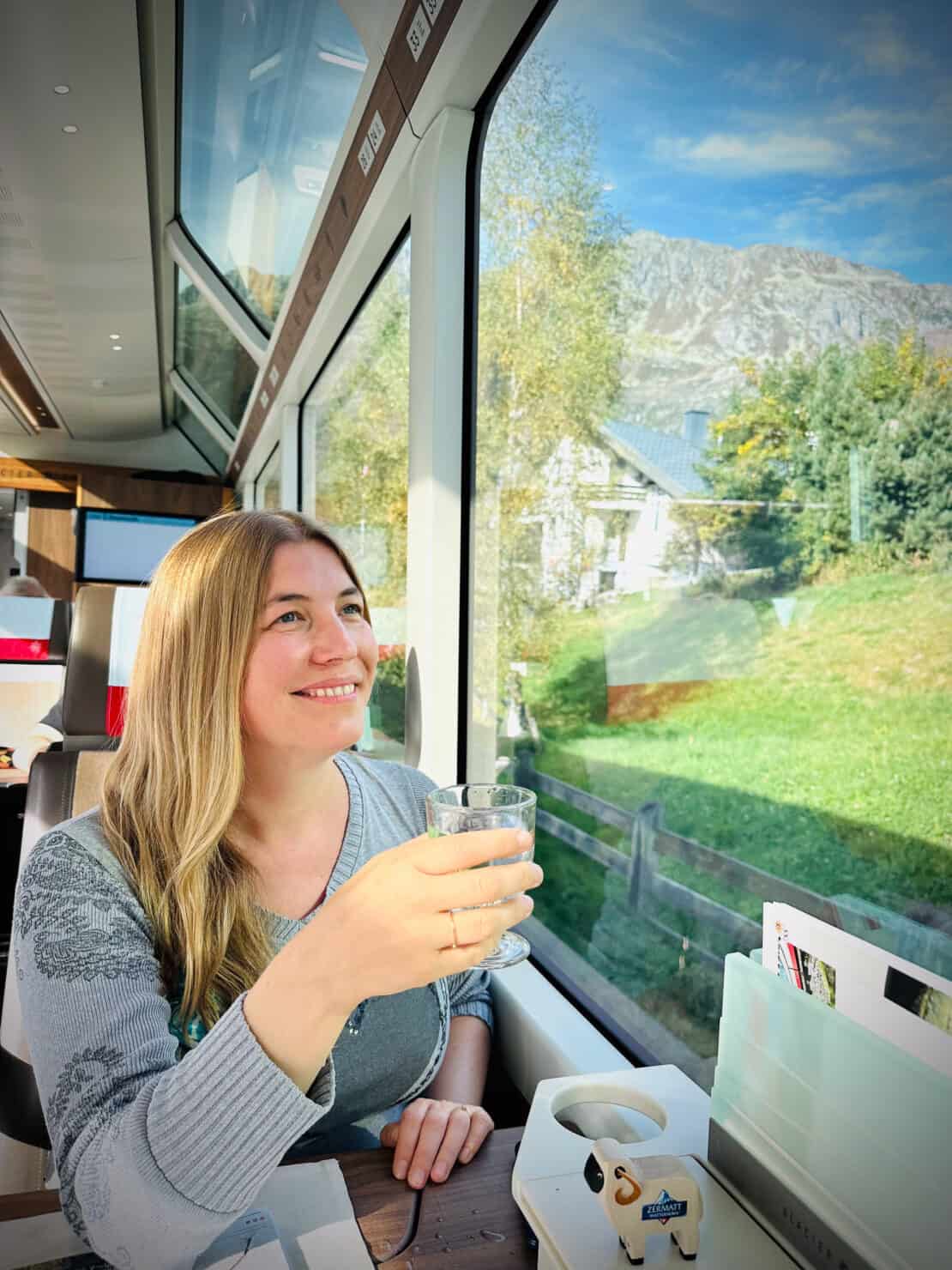
What Are Your Alternatives?
It’s hard to imagine alternatives that could compete with the Swiss Travel Pass, but let’s put on our thinking caps and explore some options:
Swiss Travel Pass vs. Swiss Travel Pass Flex
The Swiss Travel Pass Flex, a close cousin of the Swiss Travel Pass, is less of a sprinter and more of a marathon runner. It allows the liberty of choosing travel days within a month, unlike the fixed consecutive days offered by the Swiss Travel Pass.
So, if you’re the kind of traveller who prefers to take a breather between cities, the Swiss Travel Pass Flex might just be your ideal partner.
However, the Flex pass does come at a slightly higher price, owing to its flexible nature.
Swiss Travel Pass vs. Individual Tickets: Which is the Better Option?
As an independent traveller, you can cherry-pick your journeys, paying full price for each leg of your travel. It can work out cheaper if your itinerary is lighter or if you are staying put in one city most of the time.
Yet, overall, if you plan to travel on most days (bearing in mind this includes public transport, boats and entrance to more than 500 museums) then the Swiss Travel Pass makes much more sense.
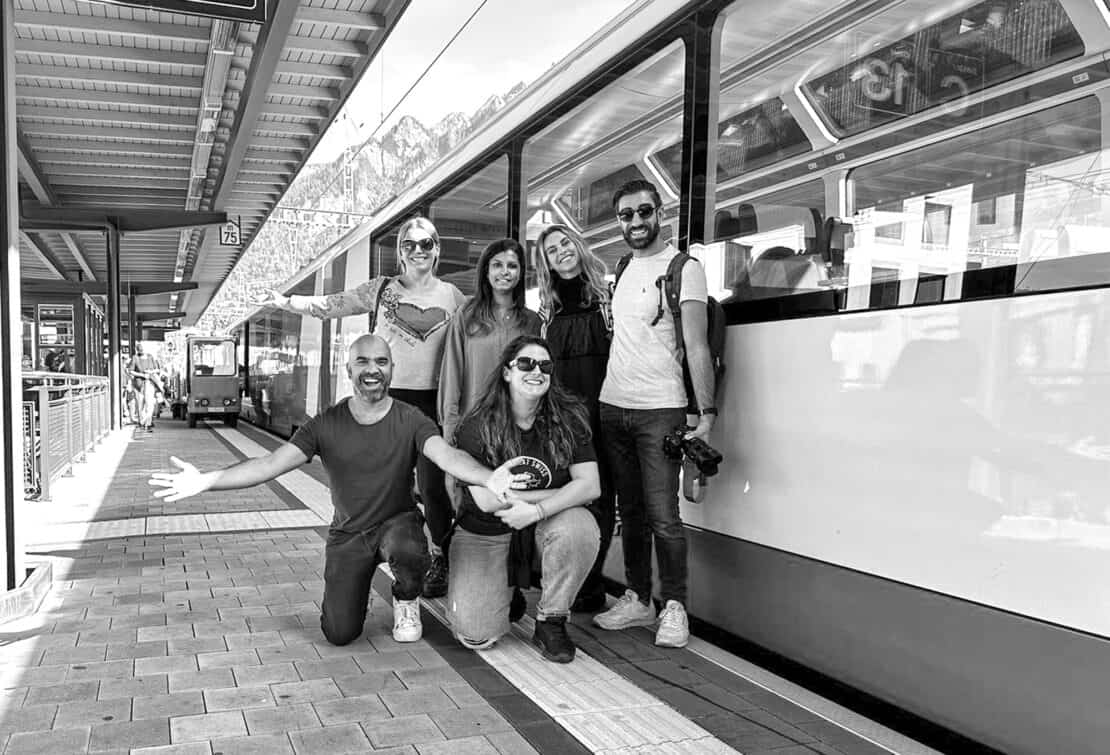
Other Swiss Travel Options
Not sure if the Swiss Travel Pass is right for you? Let’s see what else you can use…
The Swiss Half-Fare Card – A Highly Flexible Alternative
Unlike the all-or-nothing approach of the Swiss Travel Pass, the Half-Fare Card allows you to buy tickets for trains, buses, boats, and even some mountain transports at half the price.
The ease of this card lies in its flexibility — you don’t have to commit to a specific travel duration. Instead, you purchase the Half-Fare Card for a one-time fee and enjoy 50% off public transport tickets for a month.
It’s a fantastic option if you’re a free spirit who prefers to explore Switzerland at a more leisurely pace. On the flip side, remember to account for the time you’ll spend buying tickets for each journey.
Swiss Saver Day Pass (A One-Day Unlimited Travel Pass)
The Swiss Saver Day Pass is ideal for those impromptu day trips when the mountains are calling, and you must go.
The Saver Day Pass offers unlimited travel on the Swiss Travel System network for a day, with prices starting as low as CHF 29 in second class if you buy them in advance.
Just bear in mind that the number of these bargain tickets is limited, and they are non-refundable.
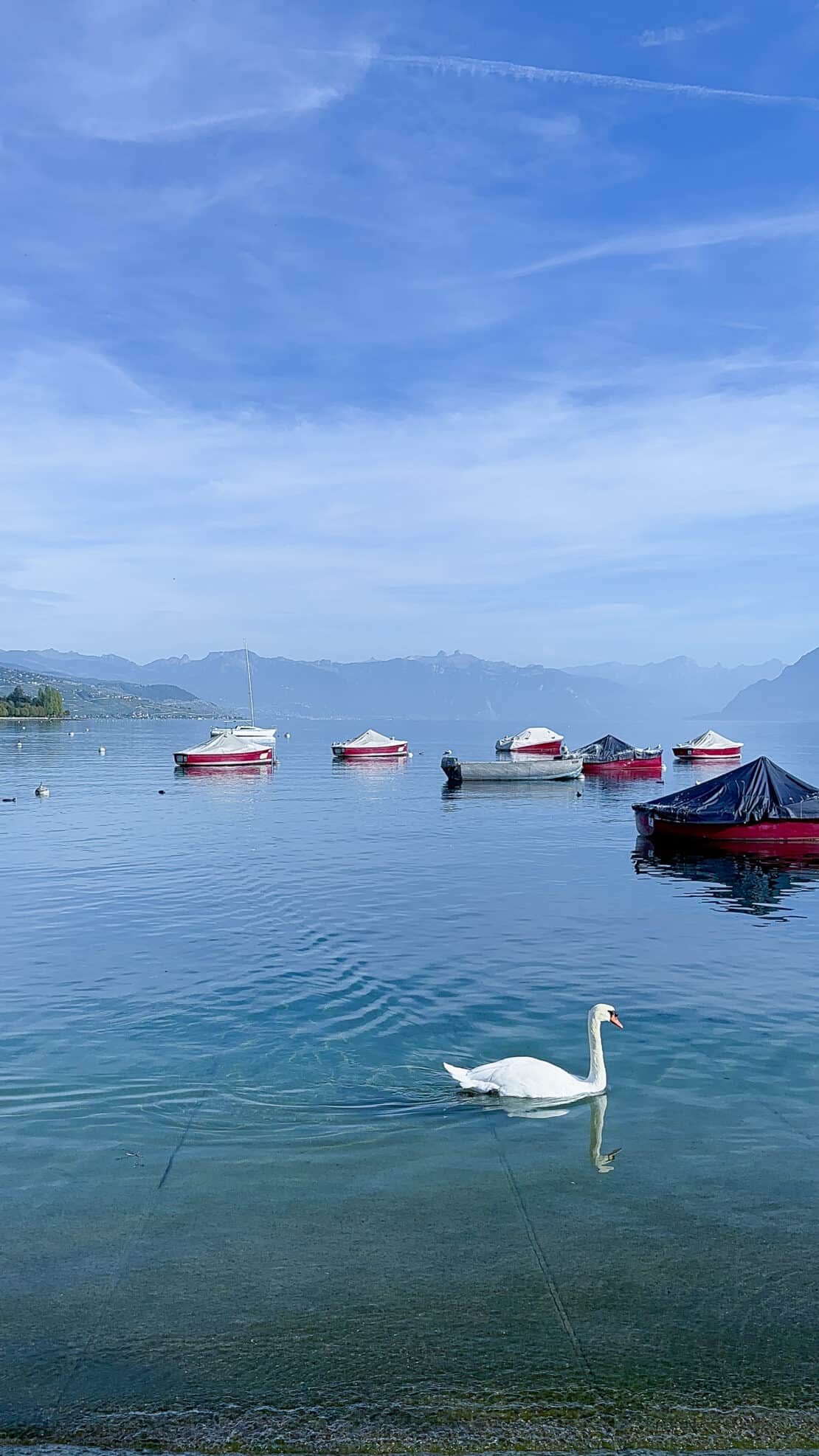
Popular Swiss Travel Destinations and Routes
Whether you are more of a “Swiss pass person” or a “traveller by ticket”, Switzerland is indeed a dream destination. Before wrapping up, I just want to share with you some of the highlights of Switzerland. The reasons why you’re debating this pass to begin with.
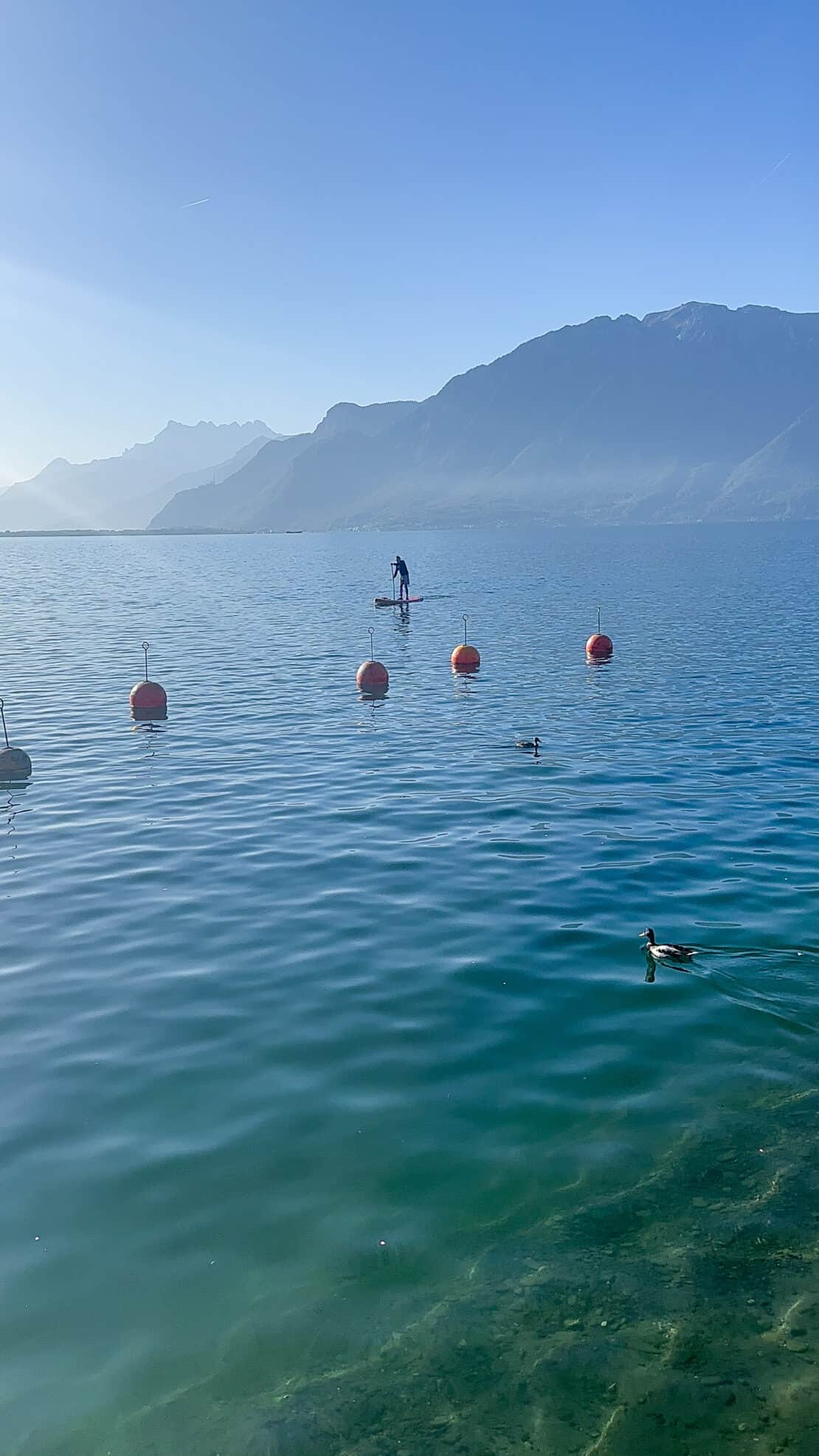
Lake Geneva & Lausanne
Surrounded by vineyards, the Swiss city of Lausanne offers a delightful mix of culture and relaxation. It also offers great views of Lake Geneva and access to a gorgeous day long jaunt on the water.
Take a stroll along the lakeside promenade in Ouchy and soak up the views of the French Alps. Dip into the Olympic Museum and then hop on the tram to pay a visit to the grand Lausanne Cathedral, with its panoramic views of the city on the terrace nearby.
Not that Lausanne is all about postcard-pretty chocolate box things.
Oh no. Visit the MCBA for a more modern look at things, and if you’re strapped for time, you can just appreciate the giant green train model just outside.
Top Tip: Remember to take a boat trip across the lake at no extra cost with your Swiss Travel Pass.
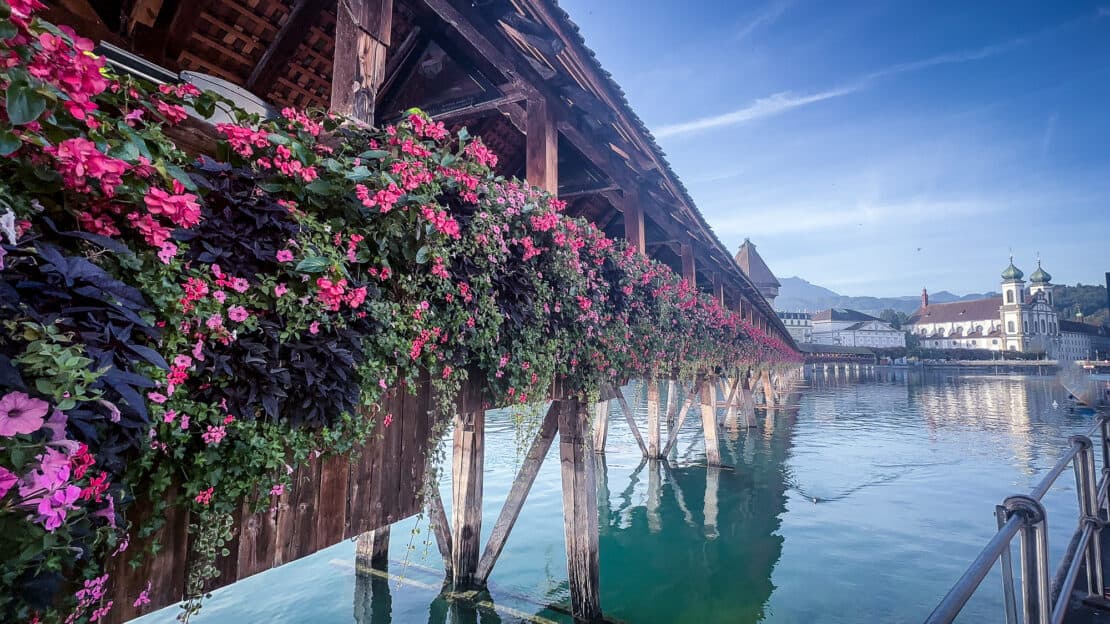
Lucerne
Located on the shores of its eponymous lake, Lucerne is almost unfairly beautiful, with its Harry Potter style bridge and medieval architecture nestled amid a backdrop of mountains. The modern KKL building by Jean Nouvel greets visitors who arrive on the waves and serves as a reminder that, despite the fairytale appearance elsewhere, Lucerne is not stuck in the past.
Take the famous Golden Round Trip to Pilatus, a picturesque mountain massif overlooking Lucerne. The trip, partially covered by your pass, combines a boat, cogwheel railway, and aerial cableway ride, offering spellbinding views at every stage.
Another great Swiss Travel Pass combo is to travel from Lucerne to Zurich via a boat trip on the lake and a cogwheel train trip to the peak of Mt Rigi. You’ll pass the point where in 1291, the oath of the Swiss Confederation was sworn.
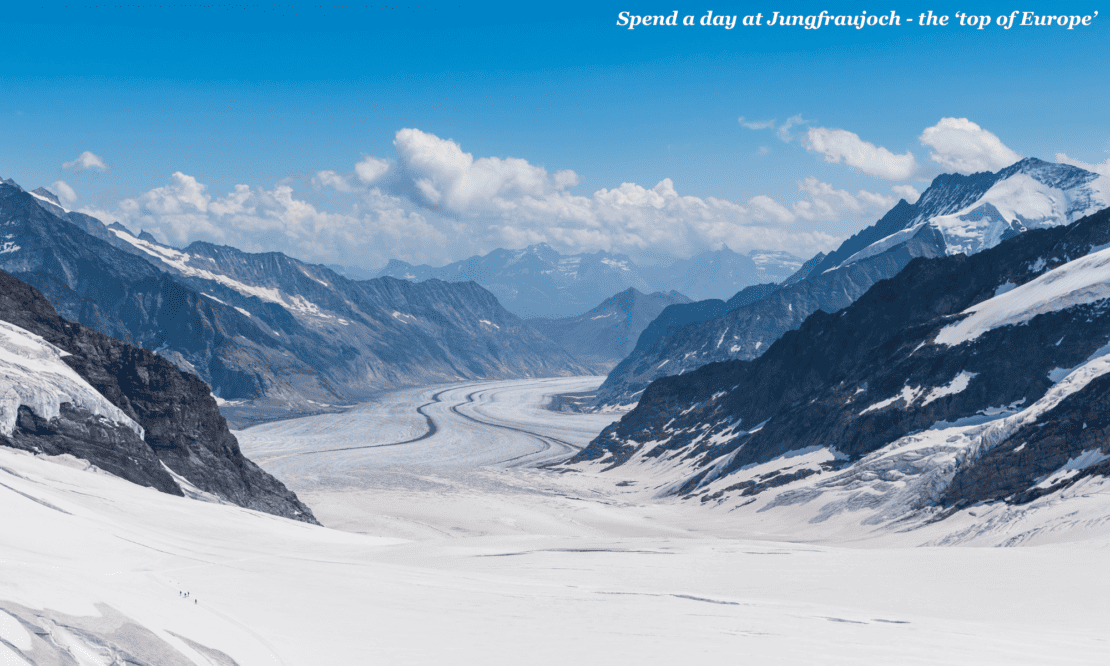
Bernese Oberland
Then there’s the grandeur of the Bernese Oberland, home to the mighty trio of peaks: Eiger, Mönch, and Jungfrau. Here’s where your Jungfrau Travel Pass comes in handy, offering unlimited travel in the region, including an unforgettable journey to Jungfraujoch, the “Top of Europe”.
At 3,454 m above sea level, it’s Europe’s highest-altitude railway station, and the views are nothing short of spectacular.
While the trip to the Jungfrau region is not fully covered by the Swiss Travel Pass, you can access a 25% discount.
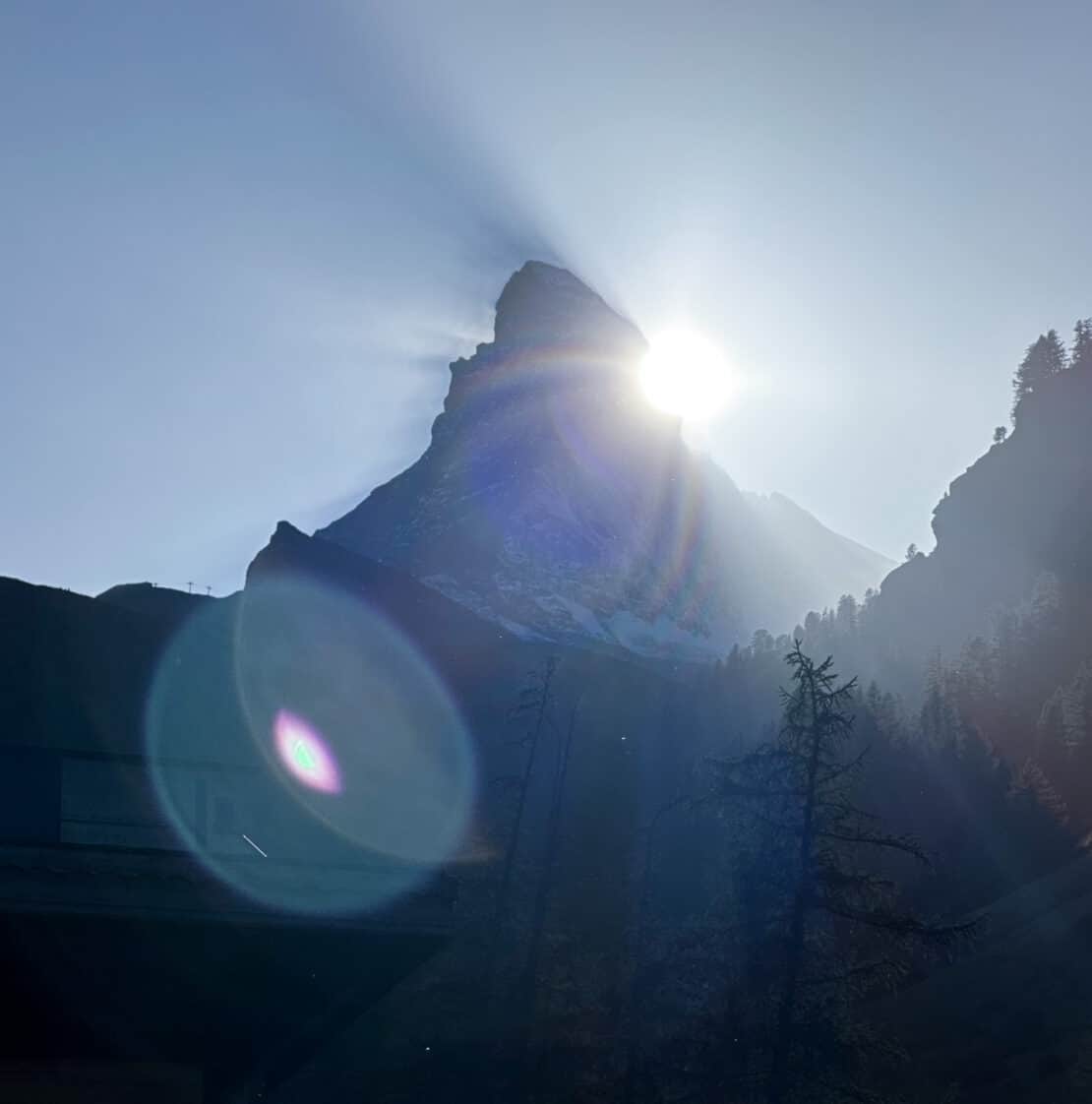
The Matterhorn
No visit to Switzerland would be complete without exploring the majestic Matterhorn. The Gornergrat Bahn, Europe’s highest open-air cogwheel railway, takes you up to the Gornergrat, providing a stunning panorama of the Matterhorn and surrounding Alps.
While the Swiss Travel Pass doesn’t fully cover the Gornergrat Bahn, it does offer a 50% discount, making it a worthwhile investment.
Top tip: drink a glass of the local wine, Chasselas du Valais and look out for the famous black-nosed sheep. You can visit them on a farm just outside town (or spot the soft toy equivalents at gift shops across Zermatt.)
Zug
Switzerland’s smallest city, Zug, offers a unique blend of history, culture, and culinary delights. Known for its cherries, Zug’s cherry cake comes highly recommended. Being a smaller town, individual tickets for local travel might suffice if your itinerary is more Zug-focused, but you can also visit it as part of a bigger journey.
Oh, and Zug means train in German, so look out for tourists (ahem) taking a photo of the sign.
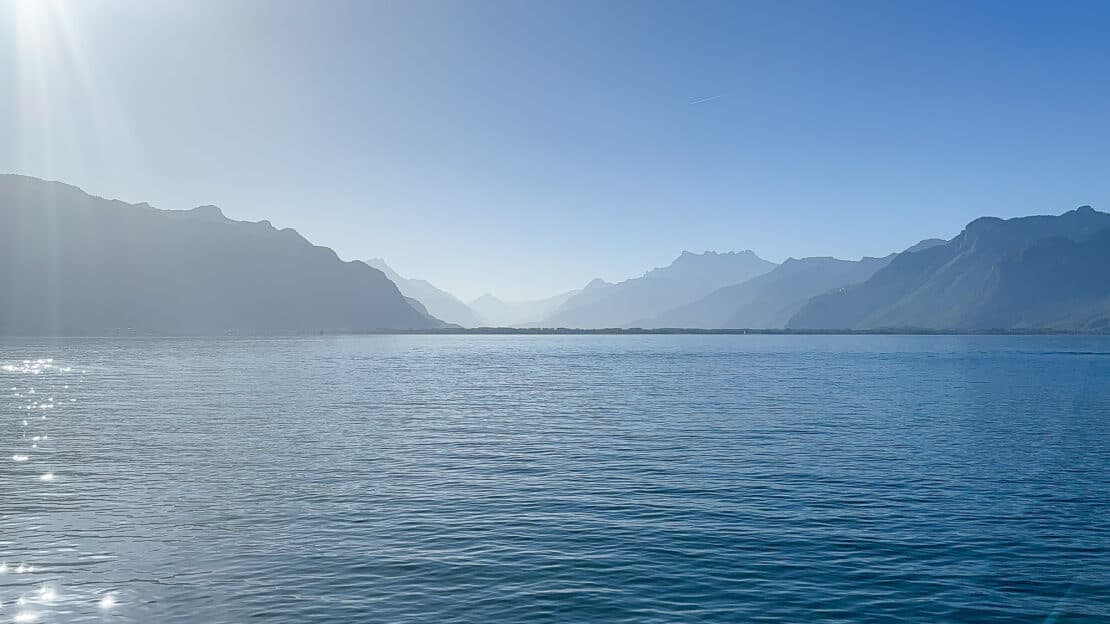
Geneva
First things first, let’s talk about the lake. It’s not just any lake – it’s like the heart of the city. Stroll along the promenade and soak in the views of the iconic Jet d’Eau spraying water 140 meters into the air. If you’re feeling adventurous, hop on a boat cruise and revel in the crisp Alpine air as you sail around the lake.
Yet Geneva isn’t just about watches and banking. Visit the Red Cross and Red Crescent Museum to delve into humanitarian history or wander through the Old Town’s labyrinthine streets, where every corner hides a bit of the city’s past. The St. Pierre Cathedral, with its Gothic architecture and panoramic views from the top is the classic sightseeing spot. But I really like the international cobblestones with greetings from languages around the world.
- Recommended reading: A 24 Hour Geneva Itinerary and 2 Days in Geneva: An Itinerary for First Timers
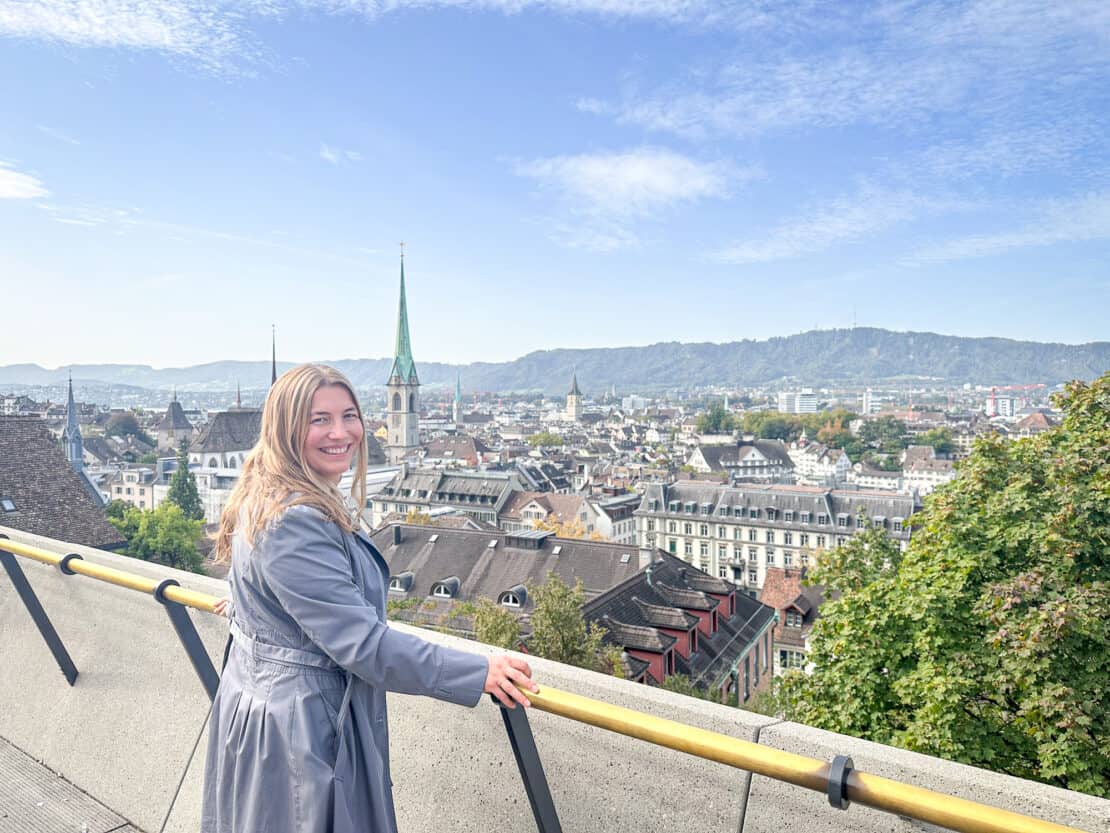
Zurich
Zurich may be known for its banking prowess but it’s also a pretty spot for visitors, too.
Start in the Old Town (Altstadt), a living museum with narrow alleys and well-preserved medieval buildings like the Grossmünster Cathedral and Fraumünster Church.
For a change of pace, visit the Kunsthaus Zurich to see masterpieces from the likes of Picasso and Chagall.
Take the Polybahn up to the University for a lovely view of the Zurich skyline (and, yes, you can use your Swiss Travel Pass on this ride, too.)
Top Tip: have breakfast in a golden era in the Confiserie Sprüngli Paradeplatz. While muesli is traditional, the range of sweet little cakes and confectionaries may lead you astray…
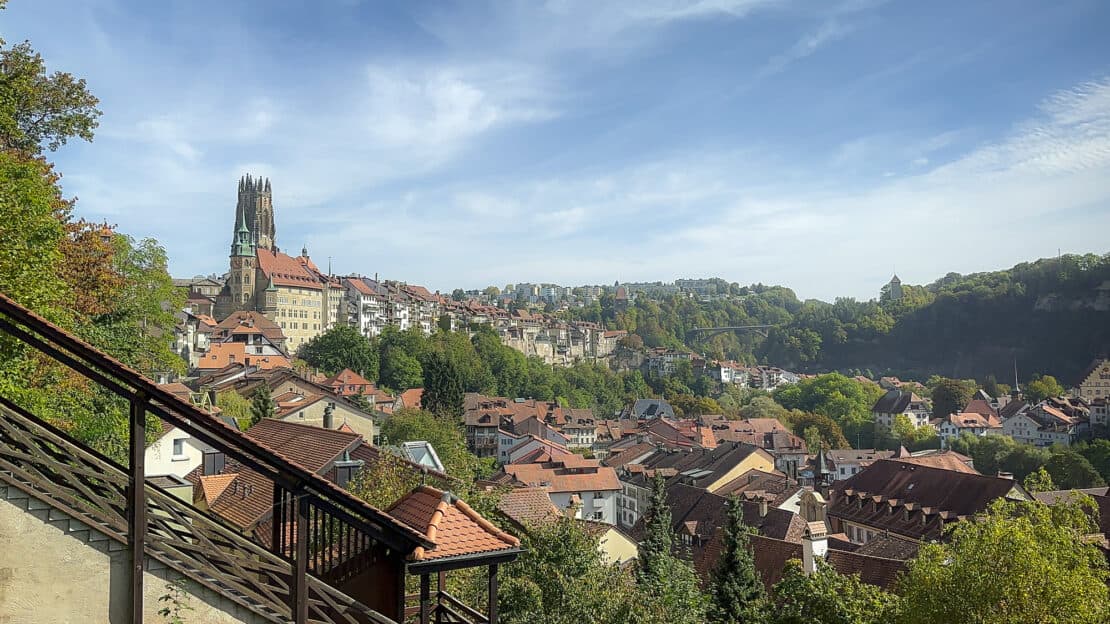
Fribourg
We discovered Fribourg almost by mistake, as a stop on our Swiss Train Chase to check out the sewage-powered funicular (yes, really.)
Yet the beautiful town also has an Old Town (Vieille Ville) and UNESCO status for its gastronomy. Here, Gothic architecture razzle-dazzles across the Cathedral of St. Nicholas and the Church of Saint-Michael, while nearby cafes have a cute and cosy vibe.
Don’t miss the 13th-century Zaehringen Bridge, a landmark that connects the Old Town with the newer parts of Fribourg. Wander through the charming streets to discover centuries-old fountains, including the Fontaine de Berne, a Renaissance masterpiece.
And for a panoramic view that blends history with nature, climb to the top of the Schönberg, where an ancient tower overlooks the city and the surrounding landscape.
Top tip: Café du Midi is a great place for a fondue, since the cheese hails from the area.
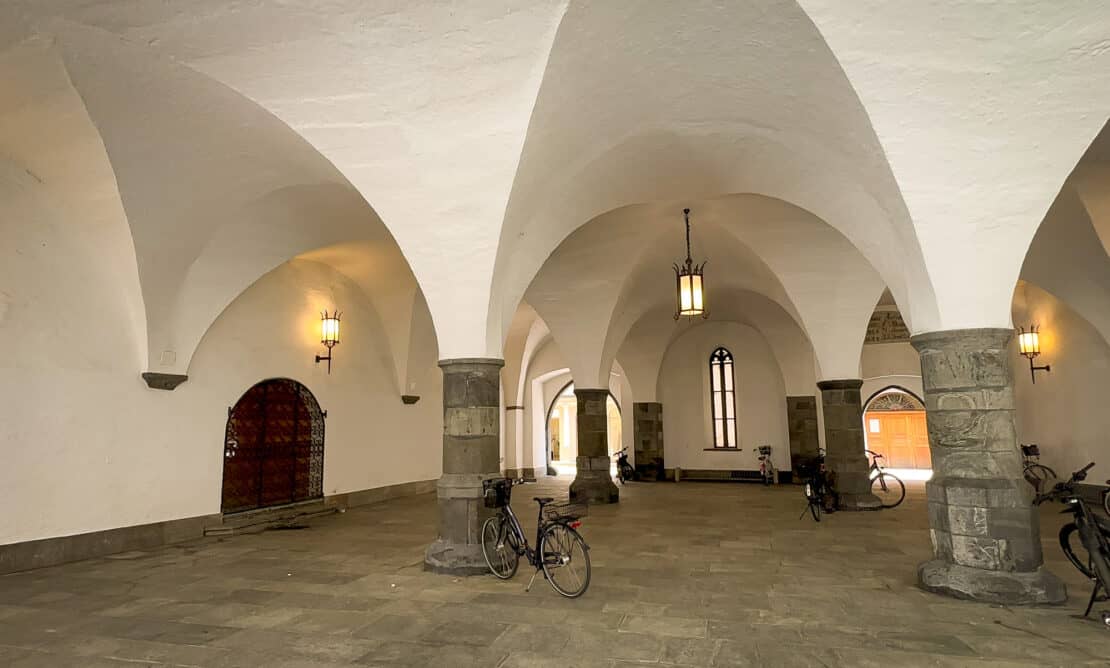
Chur
Chur, Switzerland’s oldest city, was (yet another) surprise discovery on my Swiss Rail Odyssey.
Marvel at the iconic St. Martin’s Church, a testament to centuries of history, and wander along the winding alleys lined with colourful buildings that whisper tales of the past.
The Obere Gasse, a street dating back to the Middle Ages, is adorned with beautifully preserved historic houses. Then there’s the Rätisches Museum, where artefacts and exhibits begin with the city’s ancient Roman roots and its evolution through time.
For a panoramic view, take a ride on the Rhaetian Railway and if you’re up for a bit of adventure, hike up Brambrüesch for incredible views.
Top tip: look out for the Giger fountain on Gigerplatz. It’s in honour of H.R.Giger, the Swiss artist and designer who was responsible for much of the darkness in Ridley Scott’s Alien.
Where to Buy the Swiss Travel Pass?
You can easily buy your Swiss Travel Pass online from the comfort of your home, or from one of the larger railway stations once you’ve landed on Swiss soil.
Personally, I’d recommend buying your pass before you set off as then you can use it right away from the airport.
Buying online not only saves time but also reduces the hassle of currency exchange and language barriers. Plus, you’re more likely to snag any early-bird discounts.
Though, don’t worry if you’ve left it too late. You can buy the pass from the helpful info offices at the main stations.


